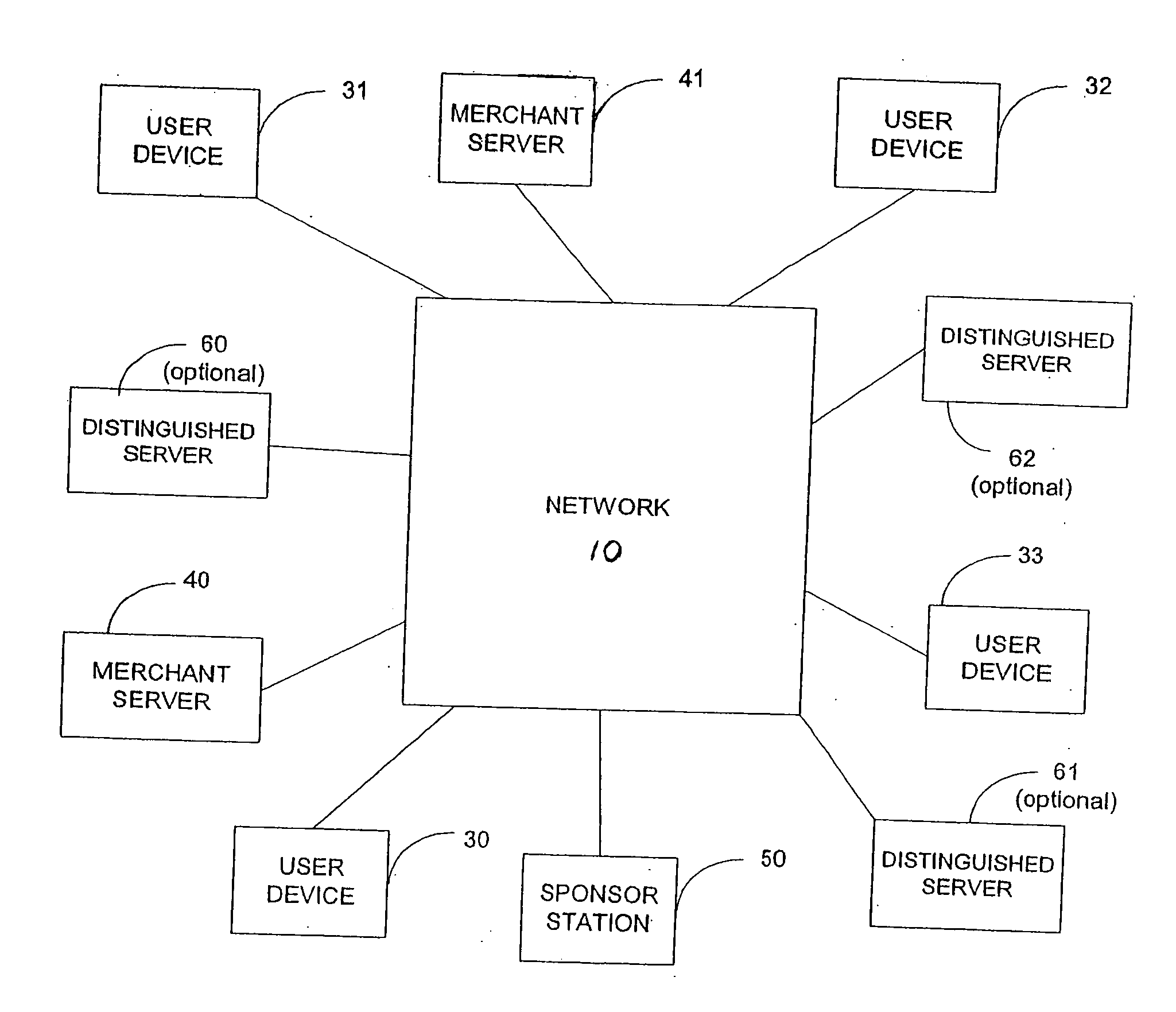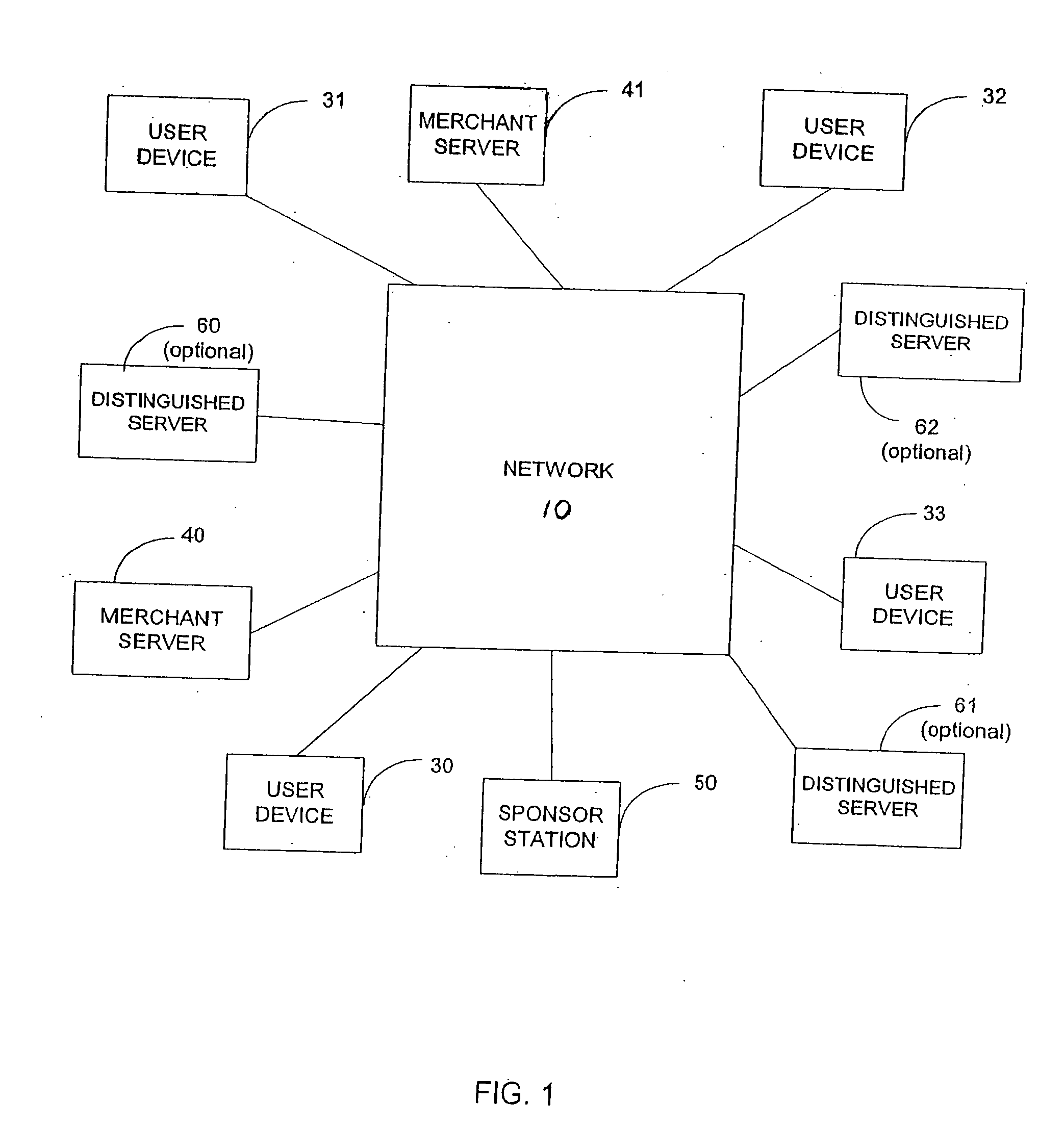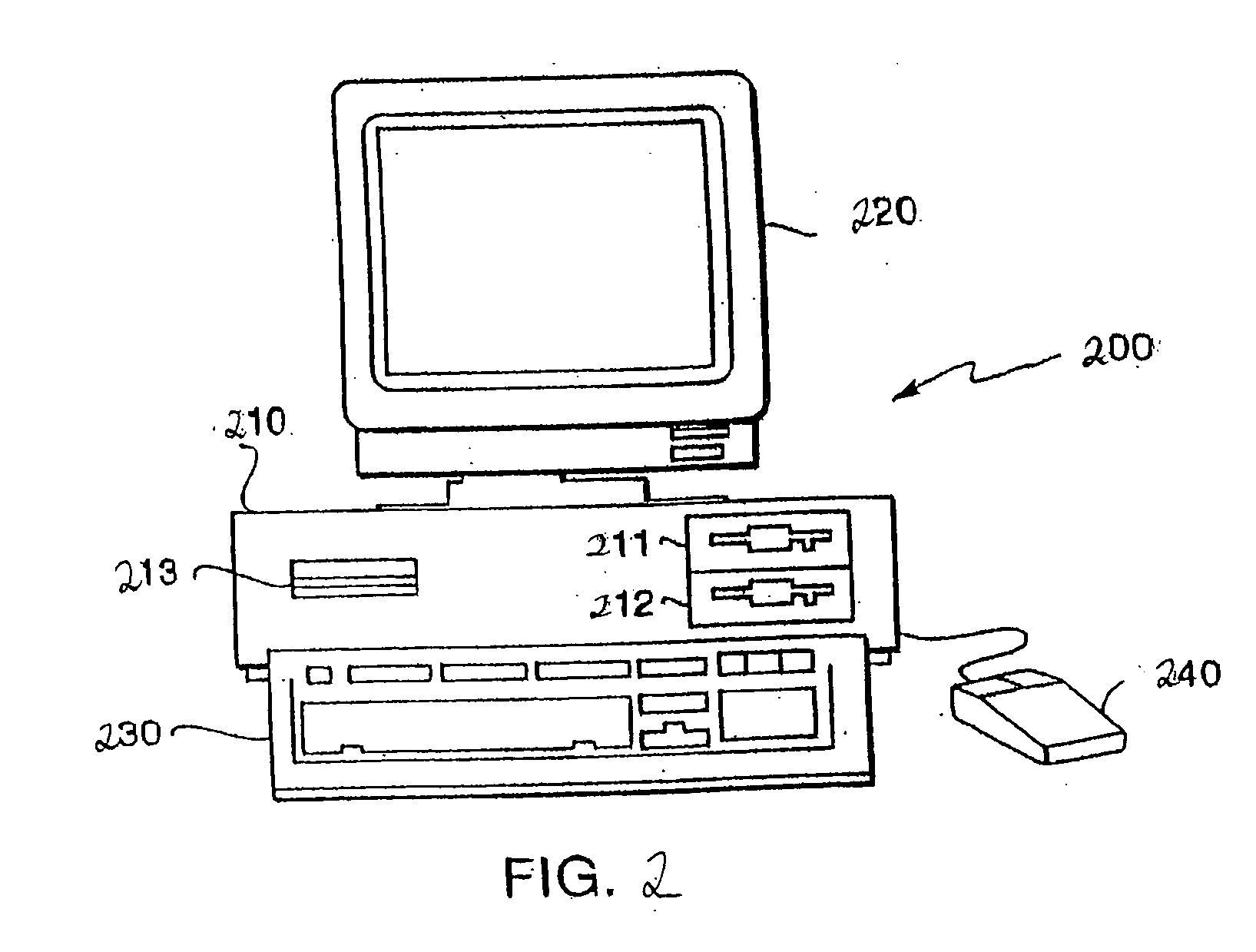Access control is an old problem, tracing its roots to the earliest days of computers.
This is simply because in practice all known asymmetric systems are fairly inefficient, and while they are perfectly useful for encrypting short strings such as K, they are inefficient for large messages.
With digital signatures this is not possible since only the sender has knowledge of the sender's private key required to compute the signature.
The verifier can only verify the signature, but not generate it.
The process for getting and storing the binding [Alice, Ealice] which binds Ealice to Alice is tricky.
Asymmetric key cryptosystems have been around for a long time, but have found limited use.
The primary reasons are twofold: (a) the private key D in most systems is long, which means that users cannot remember them, and they have to either be stored on every terminal a user uses, or carried around on smart cards or other media; and (b) the infrastructure for ensuring a
certificate is valid, which is critical, is cumbersome to build, operate, and use.
This clearly does not scale well to an environment with millions of users.
A later technique proposed to validate certificates was to require that one inquire about the validity of a
certificate on-line, which has its own associated problems.
Further, if the
server is informed that a particular ID has been suspended or revoked, then it will cease to perform its part of the operation for that user, and consequently no further signatures can ever be performed.
This is because although the technical mechanism is much the same, it now requires users to manage certificates and, unless they use a split private key, long private keys, which has proven to be difficult.
This is inaccurate because, if they are used carefully, passwords can actually achieve “strong” security.
In practice users often have no absolute guarantee that the website to which they submit these credentials, is in-fact the website with which the user intends to communicate.
However, unseen by the user, is that this link actually terminates with “.
Thus, for true protection against
phishing attacks, even if the attacker persuades the user to divulge user credentials or otherwise gains access to user credentials, or gains access to the user's network device, the attacker will not be able to reuse the user's credentials or operate the user's device to impersonate the user.
In double armored and triple armored mode, knowledge of the password alone is insufficient for
authentication, because additional factors are required for
authentication.
Furthermore, the
authentication is end to end, and there is nothing that an attacker's website can capture which will give the attacker knowledge of all the credentials necessary for authentication because the protocols require the attacker to demonstrate possession of credentials that are not actually transmitted to the imposter website but are required to construct the cryptographic keys used to establish the credentials.
Thus, even if the attacker is able to set up a website that looks like the intended website or attempt to launch a MITM
attack, the attacker will not be able to obtain and demonstrate possession of the crypto-key credentials, or the underlying credentials necessary to construct the applicable key, and therefore will not be able to successfully impersonate the user.
The challenge is the time at that instant, e.g. the time when authentication is requested.
The challenge is the value of a counter that is incremented with each use.
However, the phisher does not really care about the password, the phisher wants access to the other entity's website.
Attacks that have already been reported make OTPs useless by themselves as a defense against
phishing.
Of course one major reason for
phishing is that browser designs did not do a good job of using the
server side SSL
verification to convey to the user that (i) they are on protected site, and (ii) which site they are on.
Unfortunately this, in and of itself, will not suffice to quell phishing.
First, such awareness techniques still require the user to be alert, and in general the users most likely to be phished are those who tend to be “unconscious and unaware”.
Second, most phishers to our knowledge currently do not obtain
server side SSL certificates, and rely on the fact that the
end user does not notice that they are not at a “protected site”.
However, obtaining a ‘
server side certificate’ under the name of a company that “sounds like” the genuine company from one of the now very many “trusted” roots browsers ship with, is not likely to thwart a determined phisher.
So while better use of
server side SSL certificates is welcome, it does not by itself resolve the issue, and
client authentication is needed.
However, this will be useless to the phisher in signing into the genuine website if
client authentication is also used.
Here the notion is that by using two separate communications channels, e.g. the browser-server connection via an
Internet channel and an SMS
cell phone or similar other connection via a
telephone network channel, one can thwart a MITM
attack because the phisher will find it more difficult to hijack two channels rather than just one channel.
While such an approach would enhance protection, it may be attractive to only a narrow class of applications, and therefore lacks broad applicability.
However, in addition to the other reasons, some of which have been noted above, that legacy PKI has failed to find widespread acceptance and use, even if legacy PKI were implemented in a way in which MITM attacks are prevented, it would remain vulnerable to problems on the back-end integration of the OTPs.
If the user's browser has the ability to reliably determine the real address, e.g. the real Universal Resource Locator (URL), of the website to which it is submitting the hashed-OTP, in other words if the URL of the MITM is exposed to the browser, and used to construct the hashed-OTP, then-the hashed-OTP will be useless and will fail.
However, even if at present it is likely that the user's browser will be able to reliably determine the real address of the website to which it is submitting the hashed-OTP, whether or not this will continue to be the case as MITM attacks become ever more sophisticated remains questionable.
Thus, while the hashed-OTPs used in the proposed RSA PPM will raise the bar, these hashed-OTPs, will not necessarily protect against all MITM attacks.
Thus, while the ASI emulates, to some extent, the functionality present in SSL to prevent man in the middle, it cannot fully protect against all types of MITM attacks.
Further still, the RSA PPM requires added instructions on the user network device, i.e. requires a
footprint on the user network device, which puts it on par with any other solutions requiring a
client download that tend to be unacceptable to users and / or sponsors.
Additionally, the proposed the RSA PPM does nothing about addressing the back-end risk of password files being stolen or the theft of seeds from insecure
software.
Although such back-end attacks are rarer than garden variety phishing, they are catastrophic when they are successful because all user credentials are compromised.
Finally, since the proposed RSA PPM requires that the hash be different for each application, e.g. one hash is used to access the user's brokerage account and a different hash is used to access the user's
bank account, the PPM makes single sign-on more difficult.
The proposed
system is also subject to catastrophic back end risks, and requires a change in the conventional OTP
processing in order to hash the OTP with an ASI.
 Login to View More
Login to View More  Login to View More
Login to View More 


